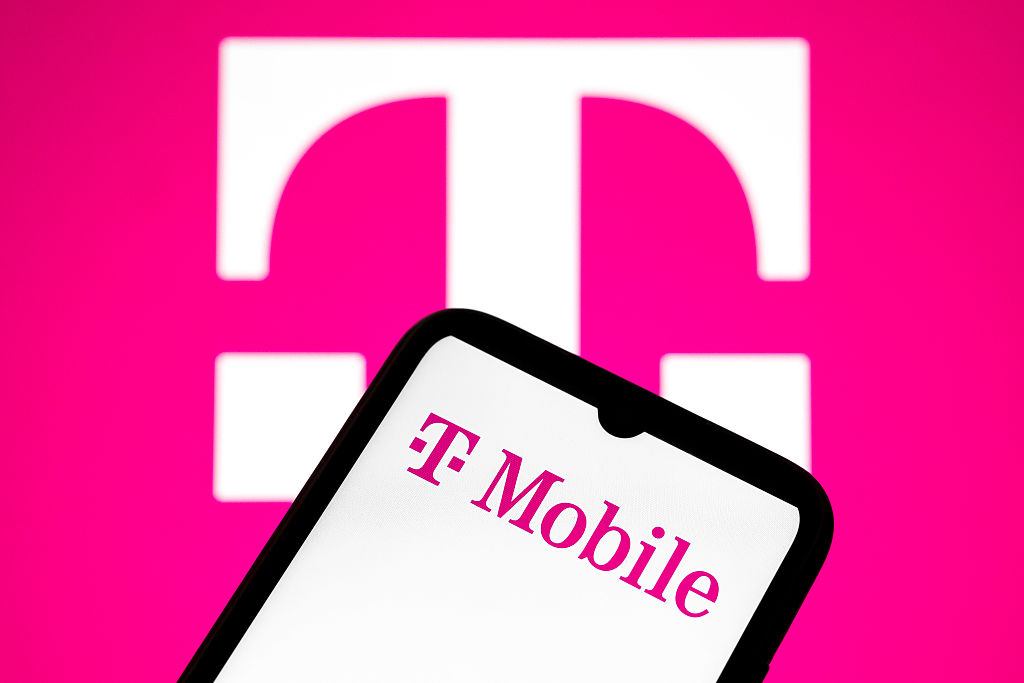Microsoft: More Room to Run
As shares of the software giant hit levels not seen since 2001, analysts say the stock will climb even higher.

It's probably not too late to jump on board a rejuvenated Microsoft.
Shares of the software giant soared 9.5% on October 26, to a six-year high of $35.03, after it reported blow-out numbers for the quarter that ended September 30, the first of its 2008 fiscal year.
Spurred by unexpectedly strong sales of its Vista operating system and Xbox 360 video game console, the Redmond, Wash., company said it earned $4.3 billion, or 45 cents a share, an increase of 23% from the year-earlier period and well above the 39 cents that Wall Street analysts, on average, had been forecasting. Microsoft chalked up sales of $13.8 billion, up 27% from the previous year's quarter. "You need to rewind seven years back to find similar growth rates," Citibank analyst Brent Thill said in a note to clients.
From just $107.88 $24.99 for Kiplinger Personal Finance
Become a smarter, better informed investor. Subscribe from just $107.88 $24.99, plus get up to 4 Special Issues

Sign up for Kiplinger’s Free Newsletters
Profit and prosper with the best of expert advice on investing, taxes, retirement, personal finance and more - straight to your e-mail.
Profit and prosper with the best of expert advice - straight to your e-mail.
And there lies part of the explanation of why Microsoft shares have been so sluggish in recent years. As Microsoft has grown into a behemoth, its sales and earnings growth have, naturally, slowed. Over the past five years, according to Value Line, earnings have grown a mere 7% per year.
That's fine for stocks that trade at single-digit or low double-digit price-earnings ratios, but not so good for a stock, such as Microsoft's, that historically has fetched 30 or 40 or even 50 times earnings.
So, even as Microsoft has continued to generate steady though modest earnings growth, investors have become less willing to pay for those earnings, and the shares have stagnated. The stock (symbol MSFT) peaked at $60 in late 1999 and as recently as September 20 closed at $28.42.
Microsoft consists of five major divisions: Windows operating systems; Office applications; server software; entertainment systems, such as Xbox; and online services. The last category includes Web search and advertising, where Microsoft ranks a distant third behind Google and Yahoo and loses money. So does entertainment.
The rest of the company is a different story. Because Windows and Office are near-monopolies (more than 90% of new personal computers come with Windows installed), Microsoft collects a toll on most PC sales. Gartner Group estimates that 258 million PCs will be sold worldwide in 2007, and that figure is still expanding by 10% annually.
"Microsoft has an annuity stream," says analyst Keith Maher, of BB&T Asset Management. For the fiscal year that ended June 30, the Windows and Office divisions generated a combined $22.4 billion in operating profits (earnings before taxes and interest), representing a 72% profit margin. The fast-growing server division, which is gaining market share, produced a respectable 35% margin.
Now is a sweet time in the product cycle for all three money-making divisions. Microsoft launched its new Windows Vista operating system and Office 2007 earlier this year. Early next year it's scheduled to release Windows Server 2008. Many businesses will probably upgrade to all three simultaneously.
As FBR analysts David Hilal and Philip Dionisio said in a note to clients after the latest earnings report: "Microsoft is still in the early days of a massive product cycle across all of its business units, and this should drive sustainable double-digit revenue growth, improving operating margins, and accelerating earnings." The weak dollar also aids Microsoft, which booked 39% of sales abroad last year.
Under the leadership of chief executive Steve Ballmer and chairman Bill Gates, Microsoft will remain immensely profitable and continue to reward investors with growing dividends and extravagant share buybacks ($47 billion over the past two years). Each month Microsoft, which is debt free and holds nearly $22 billion of cash, generates more than $1 billion of free cash flow, most of which it can return to shareholders.
With the spectacular first quarter in the books, analysts fell over themselves raising earnings estimates and price targets. Microsoft itself forecast that it will earn between $1.78 per share and $1.81 per share for the fiscal year that ends next June.
For calendar 2008, analysts on average expect the company to earn $1.84 per share. At its current price, Microsoft sells for a tad less than 19 times that figure, which seems like a reasonable valuation for a powerful, debt-free company that just delivered 23% earnings growth.
Many analysts now see the shares reaching $40 over the next 12 months. That implies a potential gain of close to 15% from the October 26 close. That wouldn't be bad, but given all the momentum Microsoft has behind it, a target price of $40 may prove conservative.
Profit and prosper with the best of Kiplinger's advice on investing, taxes, retirement, personal finance and much more. Delivered daily. Enter your email in the box and click Sign Me Up.

-
 Are T-Mobile's Prepaid Perks a Home Run or a Strikeout?
Are T-Mobile's Prepaid Perks a Home Run or a Strikeout?T-Mobile's prepaid lineup promises MLB.TV, T-Mobile Tuesdays and hotspot data. But do the perks make it worth switching?
-
 Verizon Home Internet Is Offering Free Tech to New Customers
Verizon Home Internet Is Offering Free Tech to New CustomersVerizon’s latest home-internet promotion includes free tech, but the real savings depend on pricing, speed needs and how long you stay.
-
 Retirees in These 7 States Could Pay Less Property Taxes Next Year
Retirees in These 7 States Could Pay Less Property Taxes Next YearState Taxes Retirement property tax bills could be up to 65% cheaper for some older adults in 2026. Do you qualify?
-
 Nasdaq Sinks 418 Points as Tech Chills: Stock Market Today
Nasdaq Sinks 418 Points as Tech Chills: Stock Market TodayInvestors, traders and speculators are growing cooler to the AI revolution as winter approaches.
-
 AI Stocks Lead Nasdaq's 398-Point Nosedive: Stock Market Today
AI Stocks Lead Nasdaq's 398-Point Nosedive: Stock Market TodayThe major stock market indexes do not yet reflect the bullish tendencies of sector rotation and broadening participation.
-
 Dow Rises 497 Points on December Rate Cut: Stock Market Today
Dow Rises 497 Points on December Rate Cut: Stock Market TodayThe basic questions for market participants and policymakers remain the same after a widely expected Fed rate cut.
-
 Crypto Trends to Watch in 2026
Crypto Trends to Watch in 2026Cryptocurrency is still less than 20 years old, but it remains a fast-moving (and also maturing) market. Here are the crypto trends to watch for in 2026.
-
 Dow Slides 427 Points to Open December: Stock Market Today
Dow Slides 427 Points to Open December: Stock Market TodayThe final month of 2025 begins on a negative note after stocks ended November with a startling rally.
-
 If You'd Put $1,000 Into Coca-Cola Stock 20 Years Ago, Here's What You'd Have Today
If You'd Put $1,000 Into Coca-Cola Stock 20 Years Ago, Here's What You'd Have TodayEven with its reliable dividend growth and generous stock buybacks, Coca-Cola has underperformed the broad market in the long term.
-
 If You Put $1,000 into Qualcomm Stock 20 Years Ago, Here's What You Would Have Today
If You Put $1,000 into Qualcomm Stock 20 Years Ago, Here's What You Would Have TodayQualcomm stock has been a big disappointment for truly long-term investors.
-
 Dow Adds 314 Points to Thanksgiving Rally: Stock Market Today
Dow Adds 314 Points to Thanksgiving Rally: Stock Market TodayInvestors, traders and speculators enjoy the best Thanksgiving Week gains for the major stock market indexes in more than a decade.